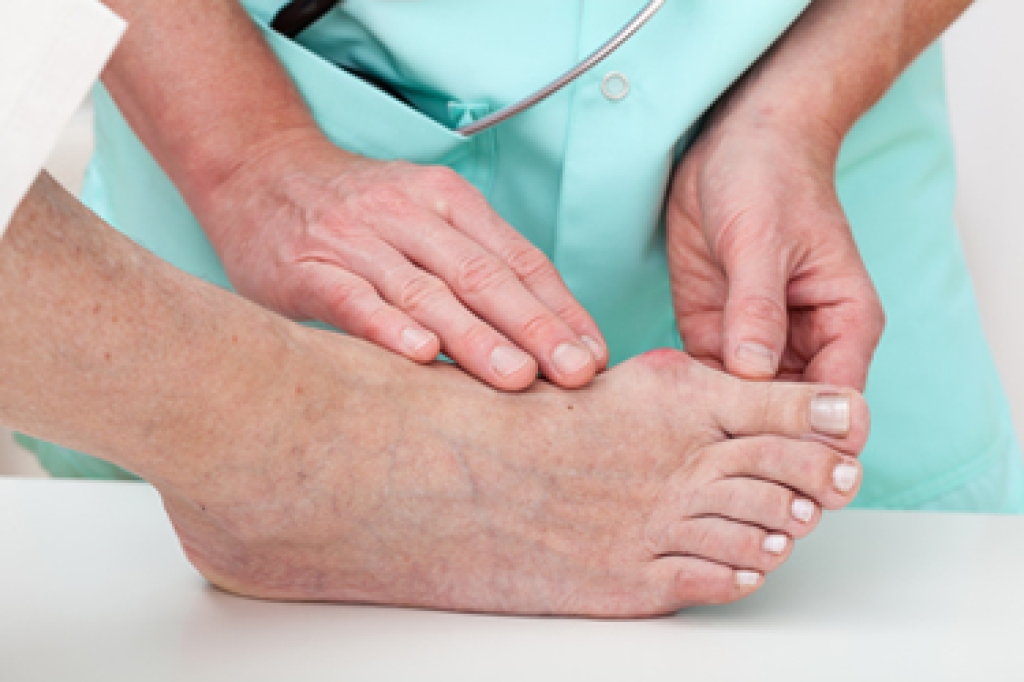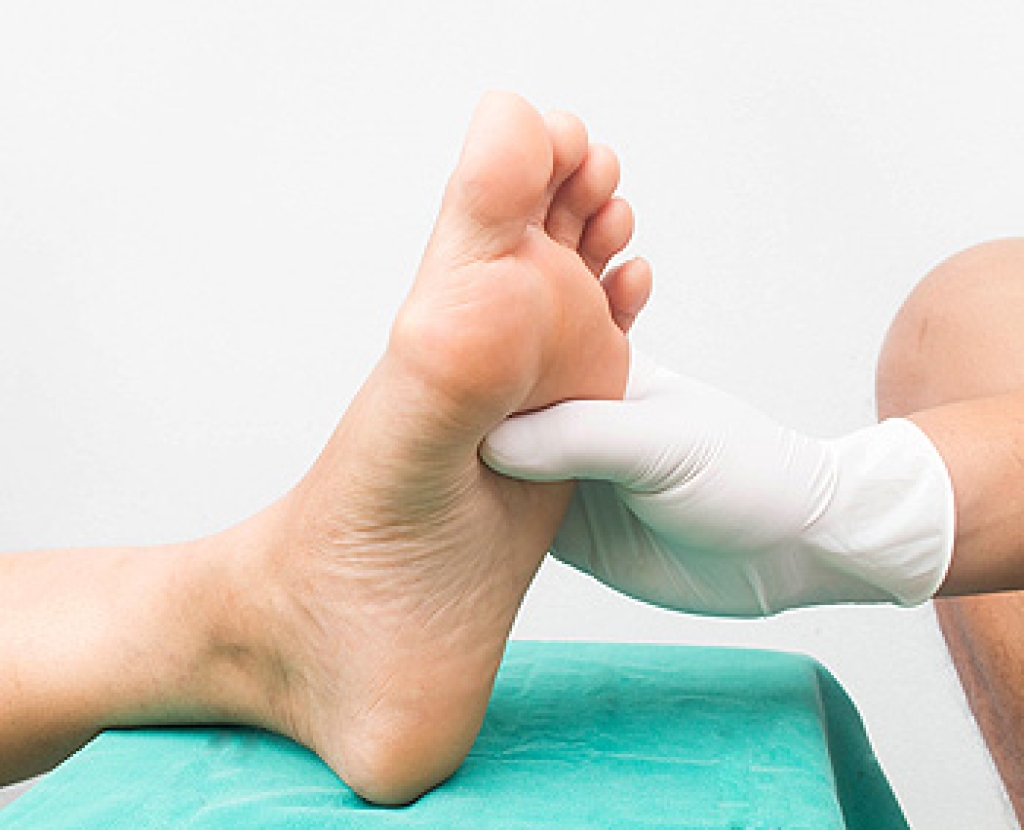Dallas Metro / North Texas
(214) 710-1028
Blog
Does My Child Have Flat Feet?
Flat feet is a condition that often refers to the arch appearing flat while walking or standing. It’s a natural condition commonly seen in infants and young children, and it will often correct itself as the foot becomes stronger. Occasional pain is associated with flat feet and is usually noticed while walking or running. The entire foot may feel pain and discomfort, or it may be in a specific area. It’s important to note if your child is experiencing these symptoms, as the condition may affect the structure of the growing foot. It’s possible that this condition may stem from underlying causes including certain forms of muscular dystrophy, cerebral palsy, or a predisposed inherited disorder. If the child is heavy in weight, obesity may be a contributing factor due to the additional weight placed on the feet. The condition typically does not require treatment unless the pain is affecting daily activities. If you think your child may have flat feet or is experiencing pain, please consider a consultation with a podiatrist.
Flatfoot is a condition many people suffer from. If you have flat feet, contact Kellvan Cheng, DPM from Elite Foot & Ankle. Our doctor will treat your foot and ankle needs.
What Are Flat Feet?
Flatfoot is a condition in which the arch of the foot is depressed and the sole of the foot is almost completely in contact with the ground. About 20-30% of the population generally has flat feet because their arches never formed during growth.
Conditions & Problems:
Having flat feet makes it difficult to run or walk because of the stress placed on the ankles.
Alignment – The general alignment of your legs can be disrupted, because the ankles move inward which can cause major discomfort.
Knees – If you have complications with your knees, flat feet can be a contributor to arthritis in that area.
Symptoms
- Pain around the heel or arch area
- Trouble standing on the tip toe
- Swelling around the inside of the ankle
- Flat look to one or both feet
- Having your shoes feel uneven when worn
Treatment
If you are experiencing pain and stress on the foot you may weaken the posterior tibial tendon, which runs around the inside of the ankle.
If you have any questions, please feel free to contact our office located in Carrollton, TX . We offer the newest diagnostic and treatment technologies for all your foot care needs.
How Do I Know If I Have a Bunion?
 An abnormality in which a bony bump forms on the big toe of your foot can be referred to as a bunion. The bone in your big toe is typically deformed and generally causes pain and discomfort. Choosing shoes with enough room in the toe area may prevent bunions from worsening, allowing the toes to feel less restricted. Wide shoes with a low heel are often recommended. Ways to ease the pain a bunion produces can include putting ice on it for a few minutes and placing a soft pad in your shoe. This can help decrease or completely remove friction that frequently occurs as the bunion rubs against the shoe. If daily activities are being affected by the pain a bunion causes, see a podiatrist for treatment.
An abnormality in which a bony bump forms on the big toe of your foot can be referred to as a bunion. The bone in your big toe is typically deformed and generally causes pain and discomfort. Choosing shoes with enough room in the toe area may prevent bunions from worsening, allowing the toes to feel less restricted. Wide shoes with a low heel are often recommended. Ways to ease the pain a bunion produces can include putting ice on it for a few minutes and placing a soft pad in your shoe. This can help decrease or completely remove friction that frequently occurs as the bunion rubs against the shoe. If daily activities are being affected by the pain a bunion causes, see a podiatrist for treatment.
If you are suffering from bunions, contact Kellvan Cheng, DPM of Elite Foot & Ankle. Our doctor can provide the care you need to keep you pain-free and on your feet.
What Is a Bunion?
A bunion is formed of swollen tissue or an enlargement of boney growth, usually located at the base joint of the toe that connects to the foot. The swelling occurs due to the bones in the big toe shifting inward, which impacts the other toes of the foot. This causes the area around the base of the big toe to become inflamed and painful.
Why Do Bunions Form?
Genetics – Susceptibility to bunions are often hereditary
Stress on the feet – Poorly fitted and uncomfortable footwear that places stress on feet, such as heels, can worsen existing bunions
How Are Bunions Diagnosed?
Doctors often perform two tests – blood tests and x-rays – when trying to diagnose bunions, especially in the early stages of development. Blood tests help determine if the foot pain is being caused by something else, such as arthritis, while x-rays provide a clear picture of your bone structure to your doctor.
How Are Bunions Treated?
- Refrain from wearing heels or similar shoes that cause discomfort
- Select wider shoes that can provide more comfort and reduce pain
- Anti-inflammatory and pain management drugs
- Orthotics or foot inserts
- Surgery
If you have any questions, please feel free to contact our office located in Carrollton, TX . We offer the newest diagnostic and treatment technologies for all your foot care needs.
Blog Archives
- 2025
- 2024
- 2023
- 2022
- 2021
- 2020
- 2019
- 2018
- 2017








